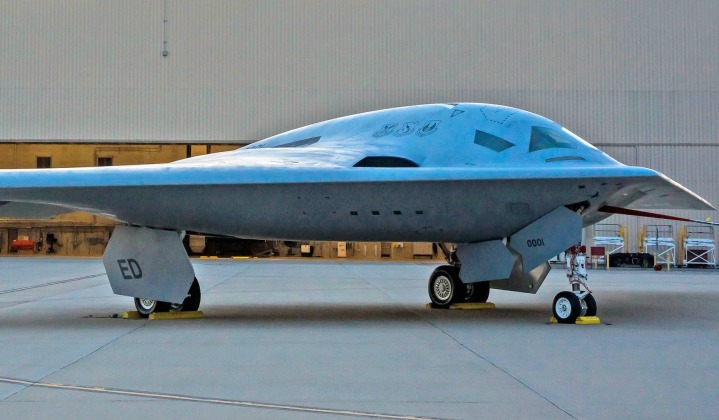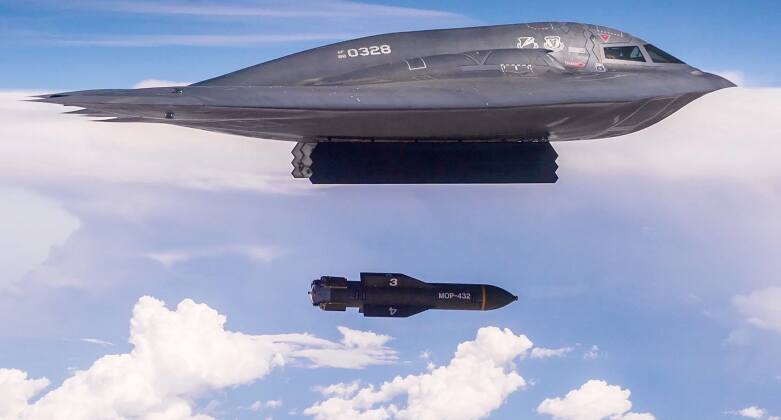News
World’s Most Expensive Combat Jet Returning to Production: How Many More B-2 Bombers is the U.S. Building?
U.S. President Donald Trump announced an order for an upgraded version of B-2 bombers during a speech to the Israeli parliament. Commenting on the operation by B-2s in June to strike Iranian nuclear sites, Trump stated: “I had no idea they could do what they did. Frankly, we just ordered another 28 of them. A little, a little improved version. We ordered a whole bunch.” The B-2 is the most expensive combat aircraft ever built, with just 20 serial production models having entered service between 1997 and 2000. The aircraft’s major overruns in operational costs, and its fragility and extreme maintenance requirements which far exceeded expectations, were primary factors leading the Pentagon to terminate prior plans to procure a much larger fleet of 132 aircraft. Although the B-2 retains many unique capabilities, and even compared to the newer B-21 currently under development boasts a much longer range and higher weapons carrying capacity, the president’s claim that production is set to resume remains highly questionable.

Having been out of production for over a quarter of a century, retooling Northrop Grumman’s facilities for B-2 production would likely be cost prohibitive, particularly for a production run of just 28 aircraft. The bomber’s design is considered increasingly obsolete as both radar and stealth technologies have advanced considerably since it was designed in the late Cold War era. With the B-21 program having entered the flight prototype stages in November 2023, and the aircraft scheduled to enter production around 2030, bringing the B-2 into production would make little sense. The unprecedented budgetary strain currently faced by the U.S. Air Force, which is financing the B-21, the Sentinel intercontinental range ballistic missile program, the F-47 fighter program, continued F-35 procurements, and urgently needed new tankers, has further made the possibility of funding resumed production of a Cold War era bomber appear far from feasible.

At over $2 billion per aircraft, the B-2 is expected to remain the most costly combat aircraft ever produced for the foreseeable future, with the B-21 expected to cost approximately 70 percent less per aircraft, while the rival H-20 bomber being developed in China is also expected to cost well under $1 billion to procure. Although the B-2 fleet is expected to be retired in the mid-2030s, further delays to the B-21 program may push this date back. Responding to concerns regarding possible vulnerability against new generations of air defences, the aircraft have recently been upgraded to integrate JASSM cruise missiles allowing them to strike targets from safer distances. The aircraft are also expected to integrate new high yield B61-13 nuclear bombs, as well as a successor to the GBU-57 non-nuclear penetrative bomb that was recently used against Iranain targets and is currently under development.












